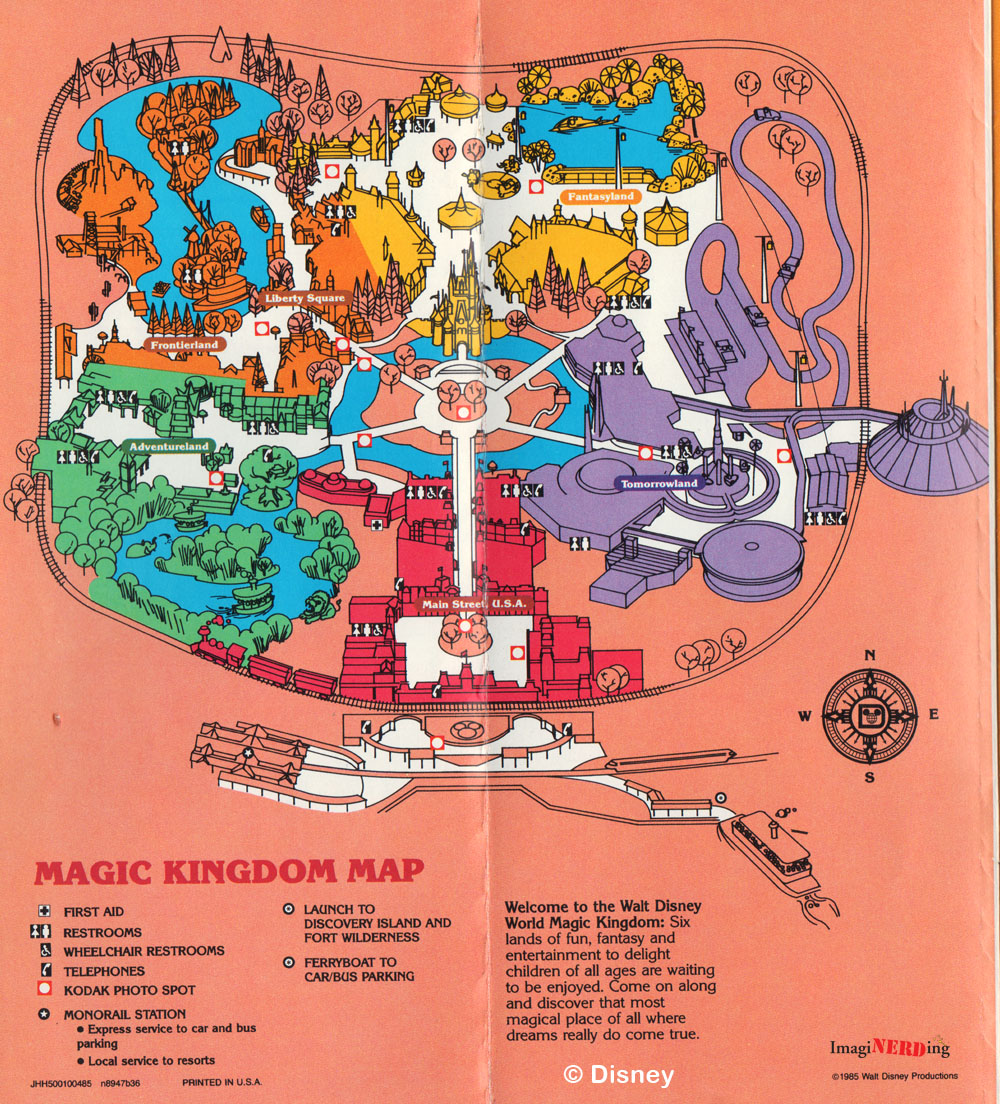
Magical plants and stones might seem to have inherent power, but it is demons who disclose this power. For Augustine, magic was taught by demons and worked through the power of demons. 337) and his successors had given Christianity an official status as an established religion, he still felt a need to respond to pagan critics of Christianity, and one part of his argument was the link between paganism and magic. Although Augustine wrote after the Roman emperor Constantine (d. The early Christian attacks on magic were transmitted to the medieval West primarily by The City of God and other writings of Augustine of Hippo (354 –430). He too represented magic as an art taught by demons, but he emphasized the real efficacy of words, whether sacred or magical. 254) discussed magic chiefly in his work against the pagan writer Celsus. 200 ce) represented magic as a kind of fraud taught by demons to impressionable women. Many early Christian writers condemned magical practices, which they associated with the pagan traditions of Greco-Roman society. Magical techniques mentioned in medieval and early modern sources are largely identical with those found in many other cultures: manipulation of images to afflict another person physically or emotionally, administration of potions for these same ends, recitation of charms for healing or curses for harm, placing curative or apotropaic substances on a client's body, placing harmful substances in a victim's bed or under the threshold, gazing into reflective surfaces to divine the future or learn about hidden affairs, and conjuring spirits and bidding them to provide aid. Apart from the theological works dealing with magic and the descriptions of concrete magical procedures, the study of law codes and the records of prosecution also provide some insights. In the fifteenth century this distinction broke down, and individuals who prescribed and practiced magic began referring to themselves as magicians or workers of magic. Practitioners more often described the purposes their operations served (e.g., healing, cursing, arousing love), without troubling to place these operations in an abstract category such as magic. The word magic is mainly an abstract and analytical term used in the theological literature.
#MAGIC MAPS HOW TO#
Information about medieval and early modern notions of magic is derived mainly from two types of source: (1) theological writings that describe and condemn magic, generally referring to it explicitly by the term magic, and (2) other works telling in greater or lesser detail how to perform particular types of magical operation, which are usually not identified explicitly as magical. Third Party Splat/Heat Map Support – Houdini, World Machine & World Creator 2 etc.MAGIC: MAGIC IN MEDIEVAL AND RENAISSANCE EUROPE.Paint Layer Baker - Bake Height, Noise, Slope, and Curvature masks straight to any paint layer of your choosing.Splat Map Baker – Easily create Splat Map Textures in Engine.Advanced Interactive Grass, Weeds and Flowers.Terrain & Foliage Trail Systems with Multiplayer and VHFM Support.
#MAGIC MAPS GENERATOR#

Just load in a height-map from any source ( Houdini, World Creator 2, World Machine, etc.), begin sculpting within the editor, or use the included Terrain Generator and the M⁴ Auto Materials will instantly apply high amounts of detail to your world. It is a T errain Toolkit for use with ANY Unreal Engine landscape and utilizes the latest in tech to achieve production-ready results in a fraction of the time. Magic Map Material & Maker (M⁴) was made with cinematic quality and ease of use in mind.


 0 kommentar(er)
0 kommentar(er)
